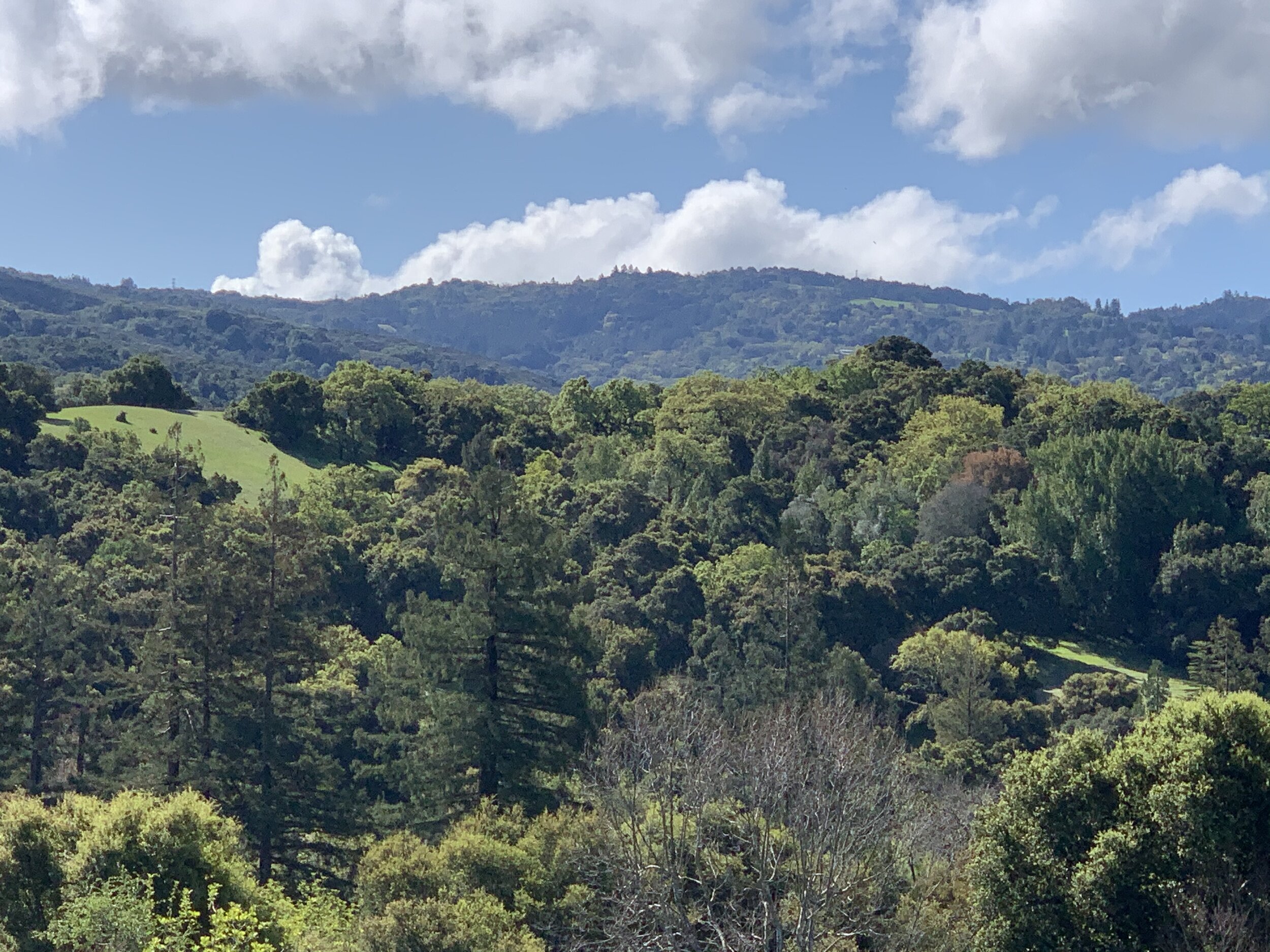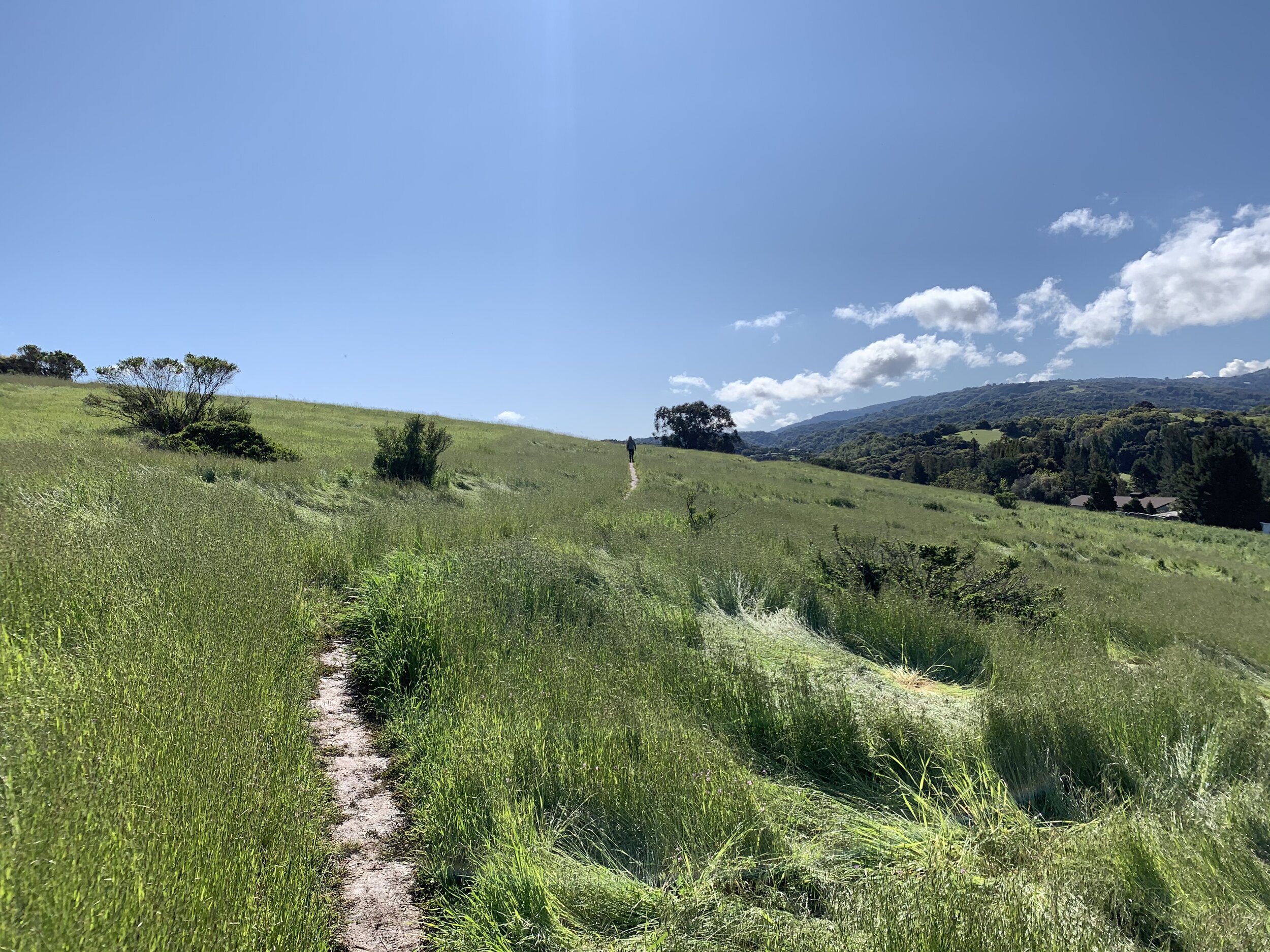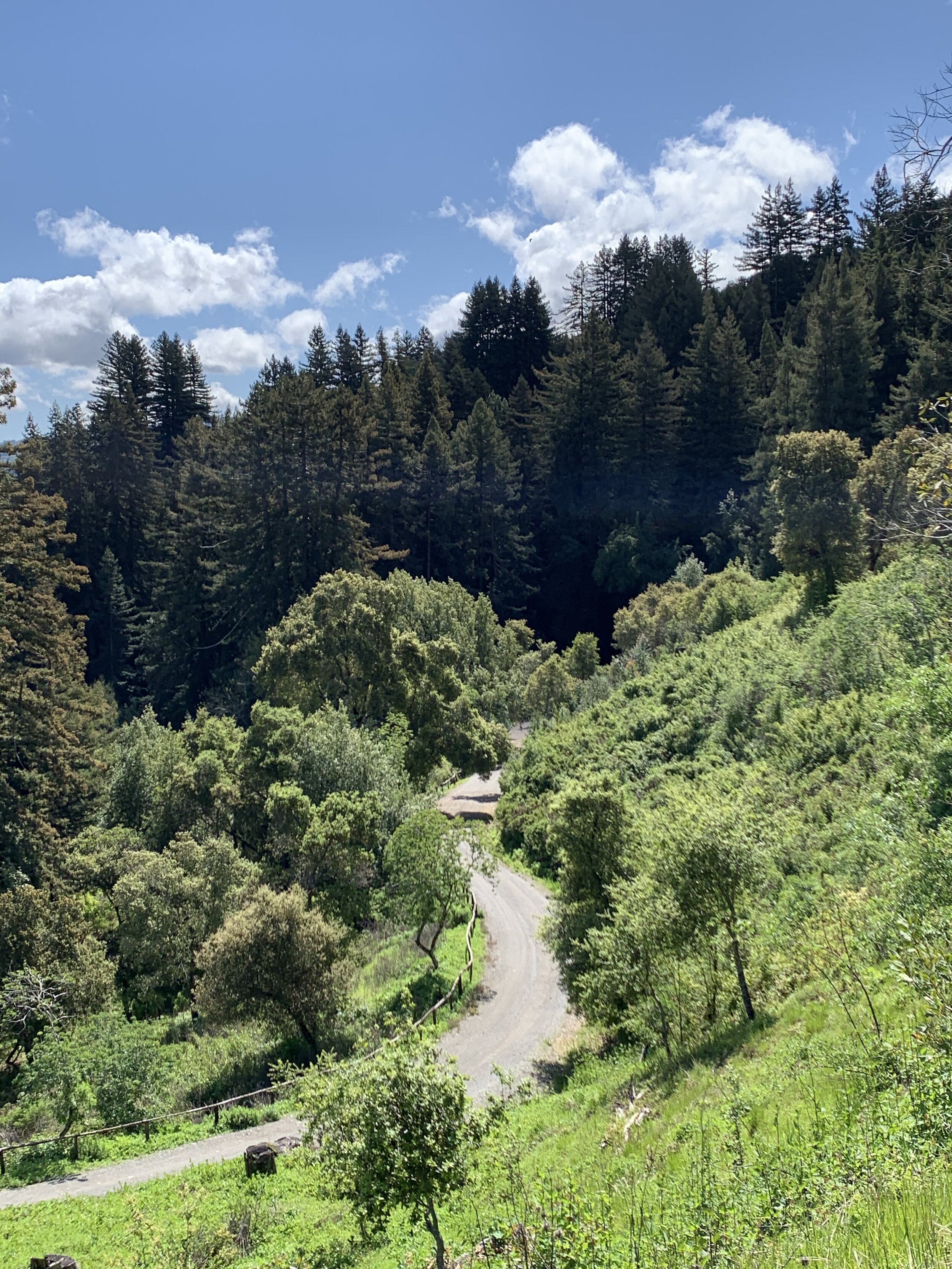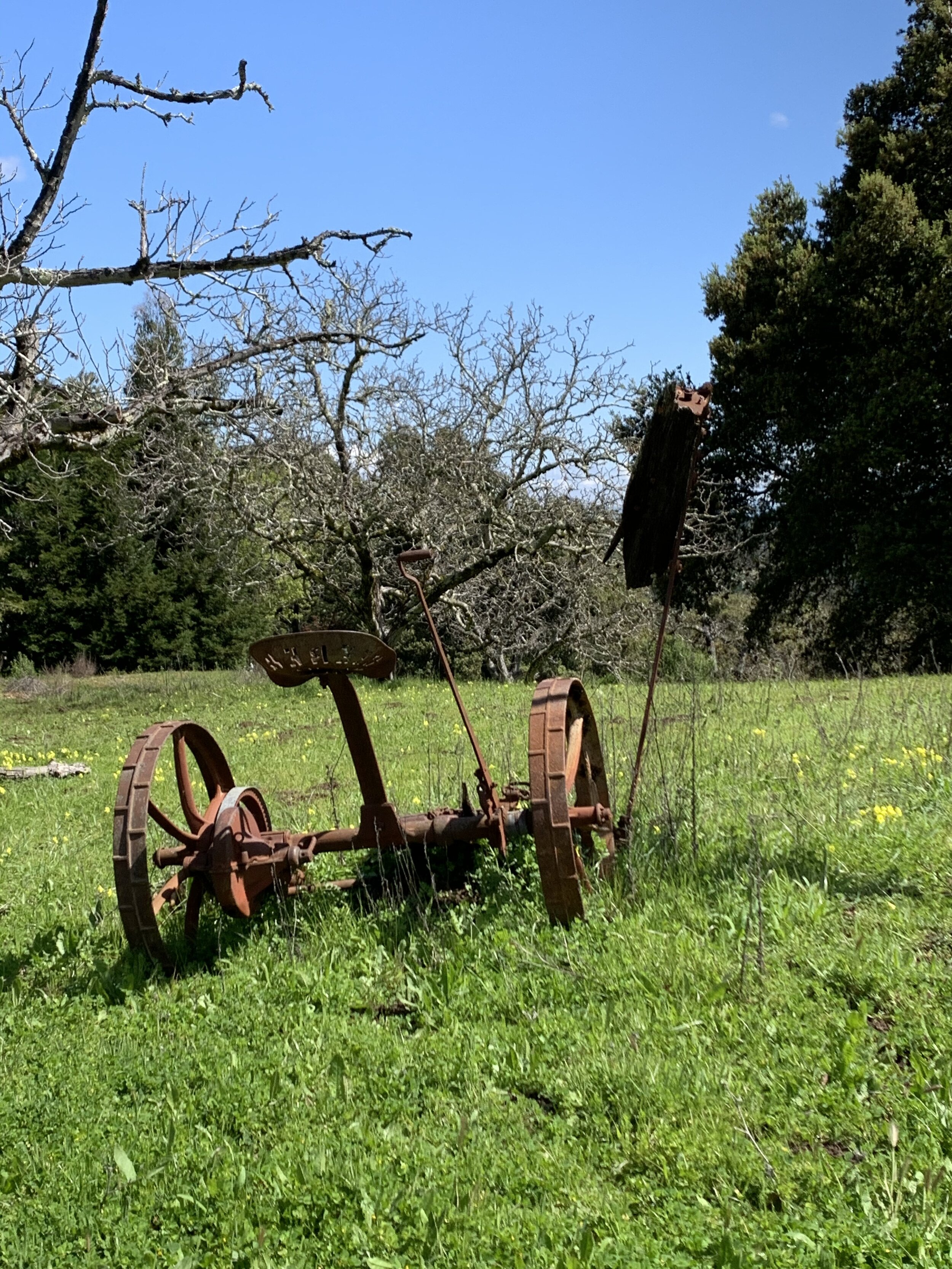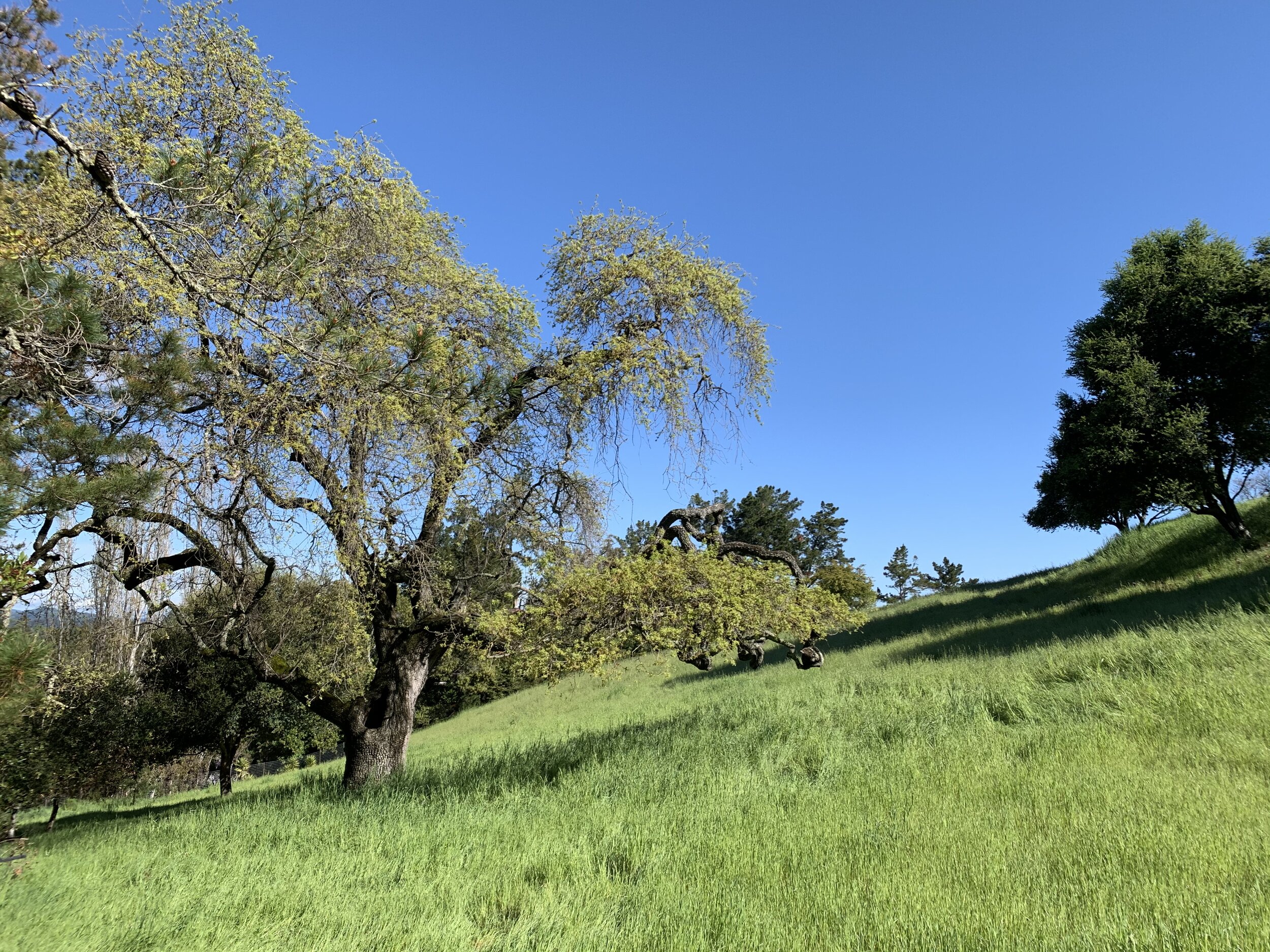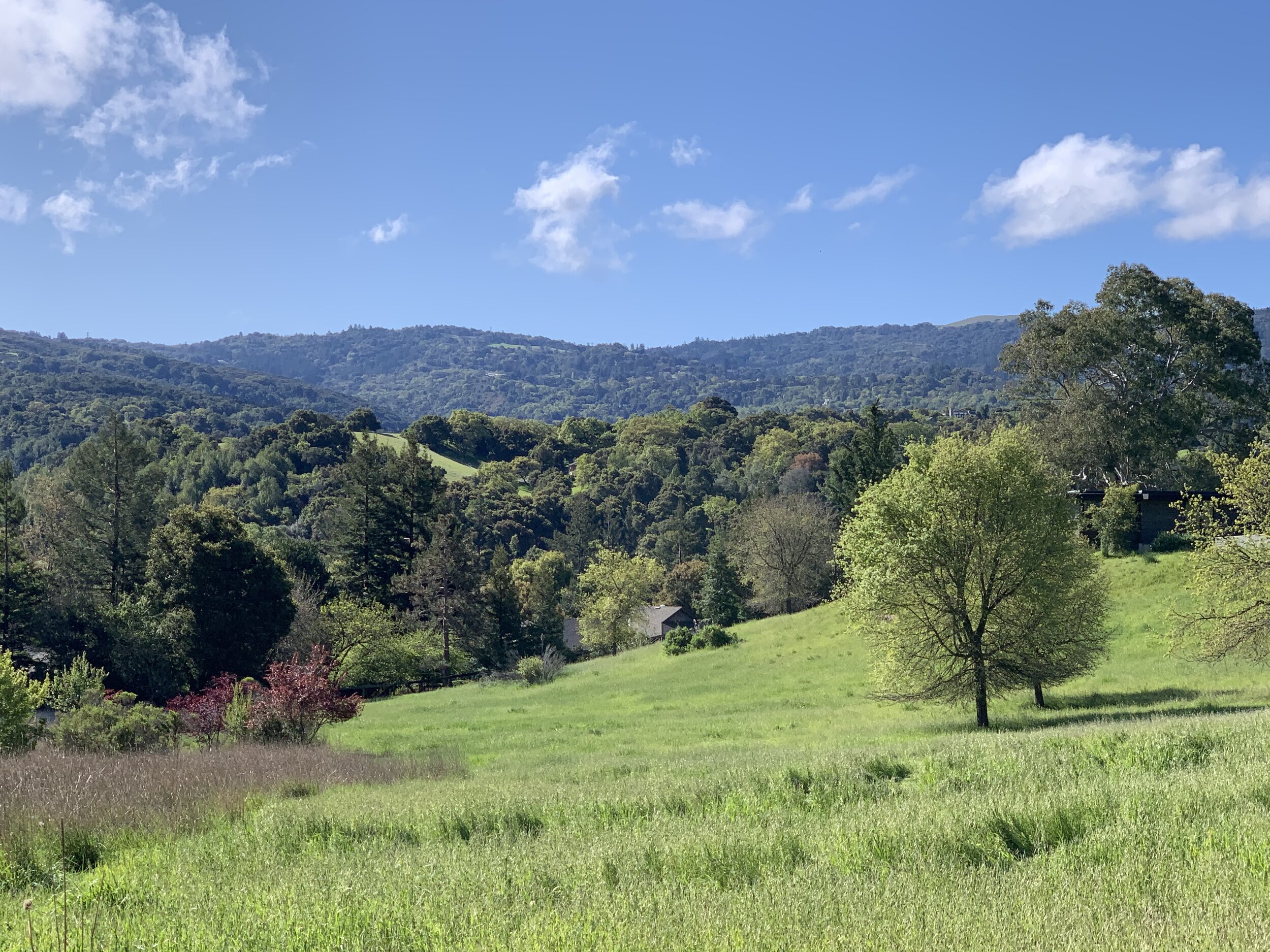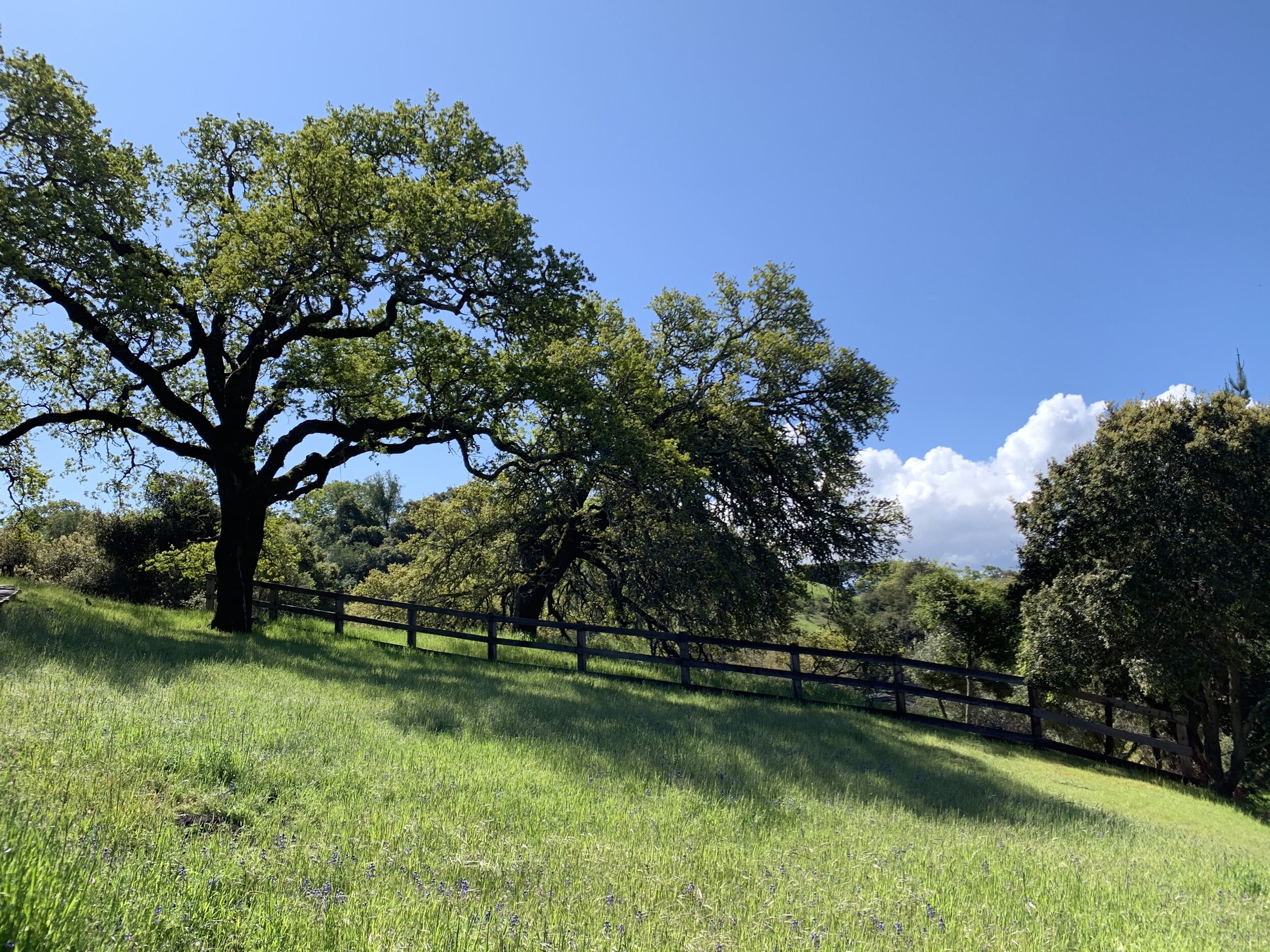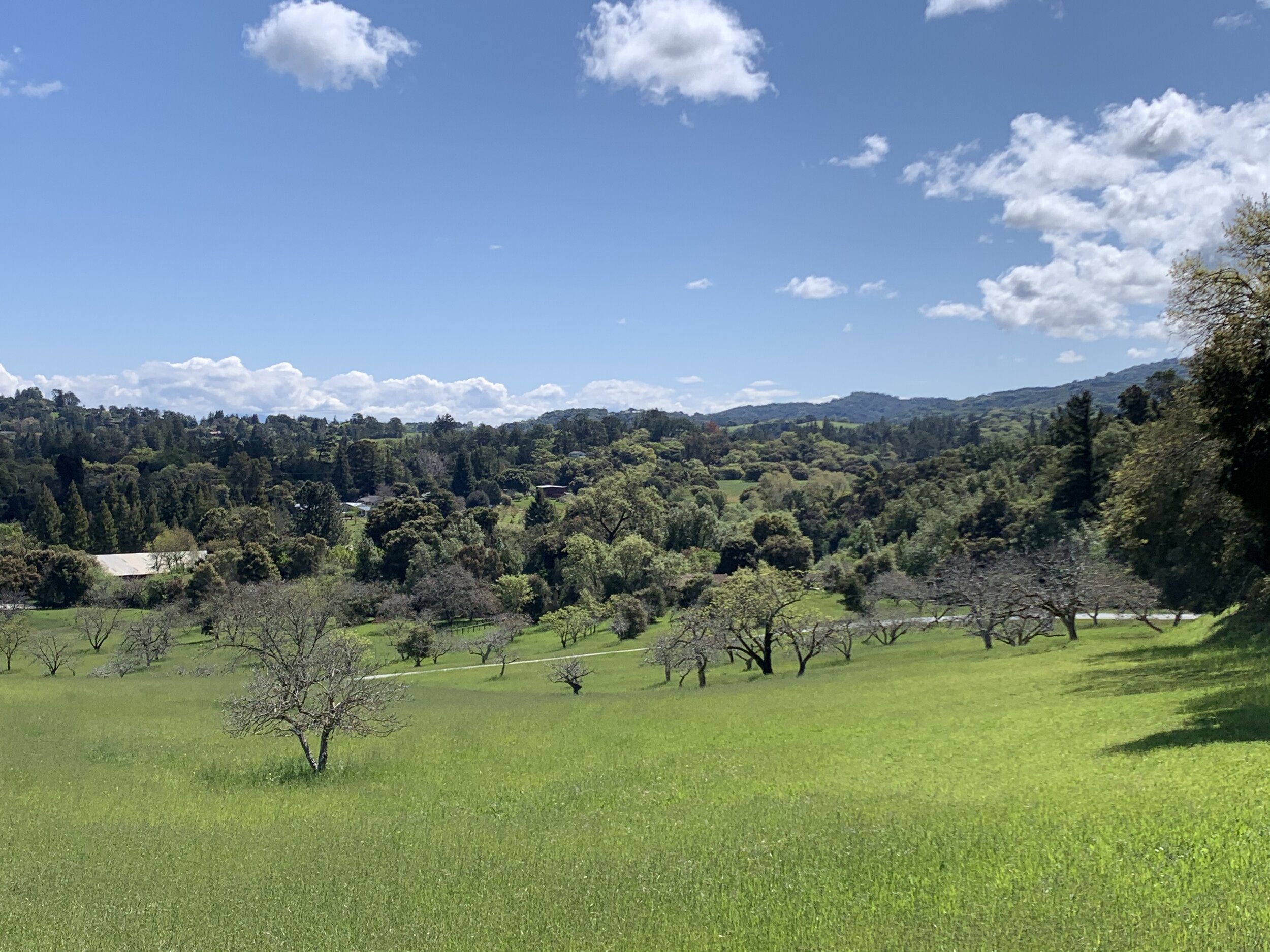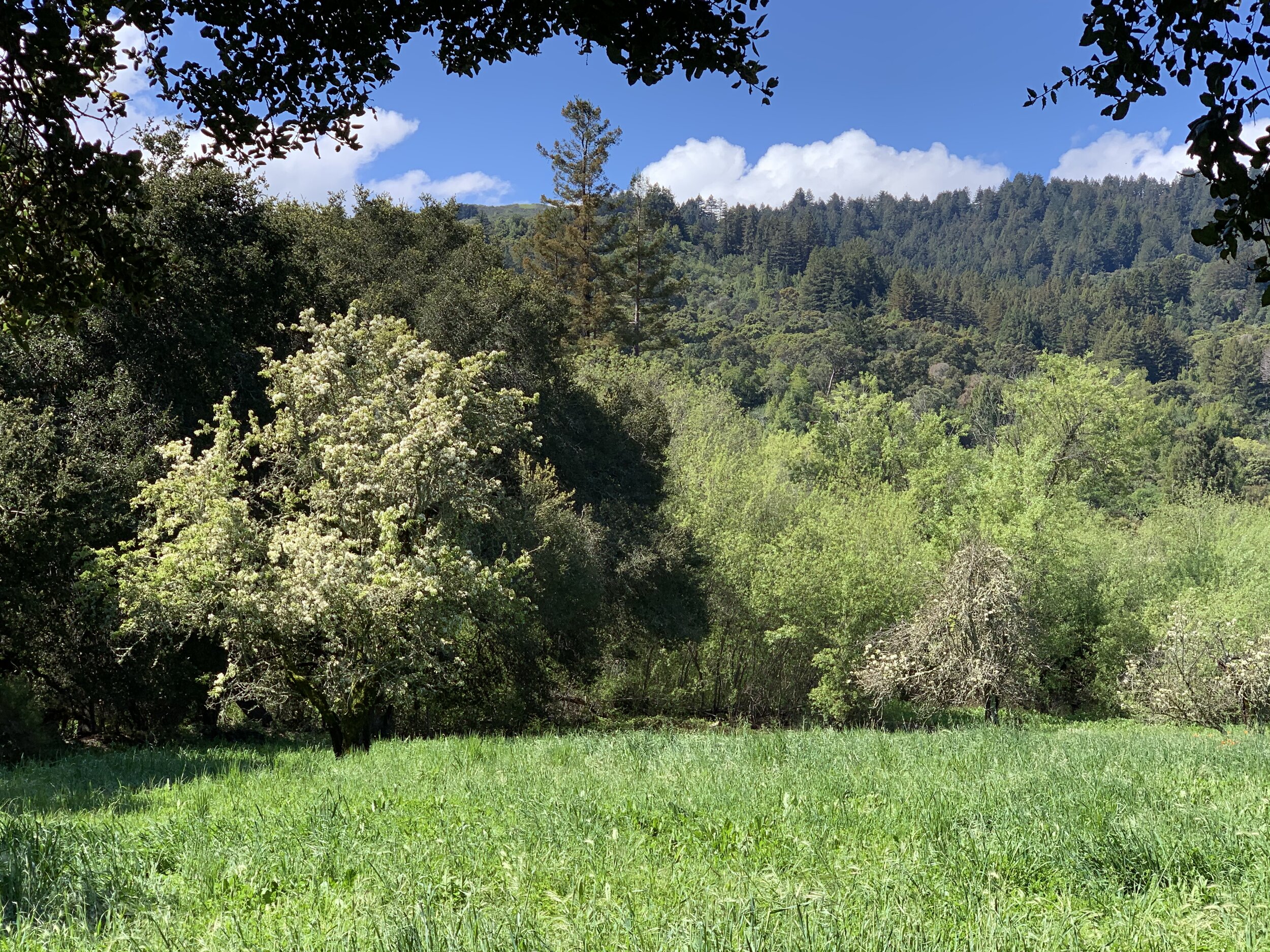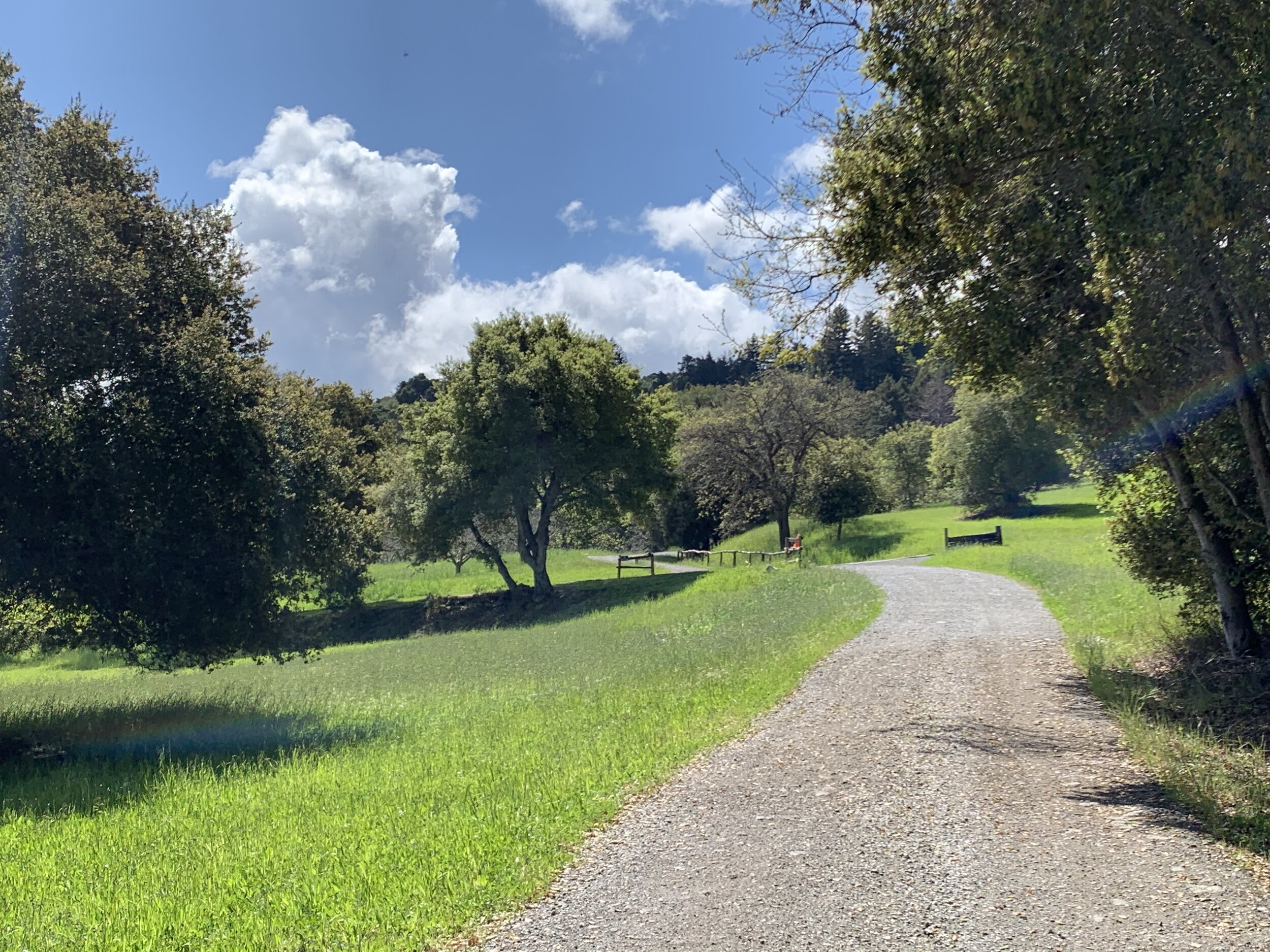open space element
The Open Space Element provides a framework for the preservation of all open areas, large and small, public and private, within the town. The element is most concerned with protection of those open space lands that are of major significance for protection of natural resources, public health and safety, aesthetics and recreation.
As defined by California state law, “open space land is any parcel or area of land or water that is essentially unimproved and devoted to an open space use as defined … and designated on a local plan … as any of the following:
“Open space for the preservation of natural resources, including but not limited to areas required for the preservation of plant and animal life, including habitat for fish and wildlife species ….”
“Open space for outdoor recreation, including but not limited to areas of outstanding scenic, historic and cultural value ….”
“Open space for public health and safety, including but not limited to areas which require special management or regulation because of hazardous or special conditions such as earthquake fault zones, unstable soil areas, flood plains, watersheds, areas presenting high fire risks, areas required for the protection of water quality and water reservoirs ….”
To implement these State-wide policies, the Open Space Element establishes the following objectives:
“To preserve open space in order to maintain the natural environmental qualities that make Portola Valley an unusual and special place in which to live.
“To provide visual enjoyment by means of a continuous flow of open space and natural ground contours throughout the entire planning area….
“To retain and enhance important vistas, including the view of the skyline ridge as seen from below and the view of the valley as seen from the hillsides.
“To protect and enhance more intimate views for the enjoyment of local residents.
“To protect and maintain those areas necessary to the integrity of the natural processes with special emphasis on, but not limited to, the watershed.
“To preserve and, where appropriate, enhance and restore streams and lesser drainage courses and their corridors, unique resources in the area, in a manner that will assure maximum retention of their value as wildlife habitat and provide for their use and enjoyment by local residents.
“To provide scenic corridors along routes of major movement.
“To preserve as open space, insofar as necessary, those areas subject to inherent natural hazards in order to ensure the public safety and welfare.
“To preserve and protect areas vital as wildlife habitat or of a fragile ecological nature.
“To ensure connectivity between open spaces to provide for wildlife movement.
The General Plan’s Open Space Element defines several categories of open space lands, including:
“Community Open Space Preserves are scenic areas kept essentially in a natural state for the benefit of the residents of the town. Such preserves provide visual pleasure and accommodate very limited access and use, such as by trails and paths. They serve major parts of town and generally are up to 50 acres in size.”
“Scenic Corridors are broad linear bands of open space along major roads in which recreational uses are acceptable when compatible with the open character of the corridor.”
“Residential Open Space Preserves are parts of residential developments that are kept as open space because of environmental constraints such as steep terrain, unstable land, and sensitive habitat. Also, these lands are visual assets for residents of the development in which they are located as well as the town. Where appropriate, access to portions of these areas by local residents can be an ancillary use by means of public trails and paths and thereby serve in part as a recreation function.”
The Open Space Element incorporates and references the General Plan’s Comprehensive Plan Diagram (shown in part below), which designates the Meadow Preserve as a Community Open Space Preserve and the Stanford Wedge as a Residential Open Space Preserve. It notes that the Meadow Preserve “lies astride the San Andreas Fault and is visually important to the entire quality of the valley. This preserve should be kept in a natural condition and the existing agricultural character preserved.”
General Plan, Comprehensive Plan Diagram
The Open Space element sets out the following principles to guide development in Portola Valley:
Structures and land uses should be subordinate to the dominant natural land forms and vegetation of the town.
Roads and other public works should incorporate beauty as well as utility, safety and economy.
The scale and type of materials used in developments should be harmonious with the surrounding natural scenery.
Open space along creeks, streams and scenic trails should be protected from encroachment
Scenic corridors should be protected to maximize their scenic quality
Development within scenic corridors should not detract from the essential qualities of the corridor
New residential developments should provide for the clustering of residences to leave larger natural areas as undisturbed open space
To implement the Town’s open space objectives and principles, the Open Space Element relies on enforcement of the Town’s zoning, subdivision and site development ordinances.
“The zoning ordinance has been tailored to carry out the open space provisions of the general plan. Control of lot sizes, permitted land uses, and building bulk, height and coverage requirements limit the type and intensity of activities or intrusiveness of buildings.”
However, as the Open Space Element goes on to note, the regulations enacted by the Town to preserve and enhance its natural setting
“will only achieve town objectives with careful and imaginative guidance by town staff, elected representatives and citizens. In other words, these regulations are tools which need to be properly utilized.”
The General Plan also points to the initiatives of a number of benefactors, including the Midpeninsula Regional Open Space District, Portola Valley Ranch, various Westridge properties, Sausal Vista, the Hayfields, Rossotti, Portola Glen Estates, Meadow Creek Estates, Blue Oaks and the Woodside Priory, all of whom have granted or conveyed easements or conservation covenants protecting and preserving open space lands. Notably absent from the list is any easement or covenant by Stanford in any of its open space lands.



